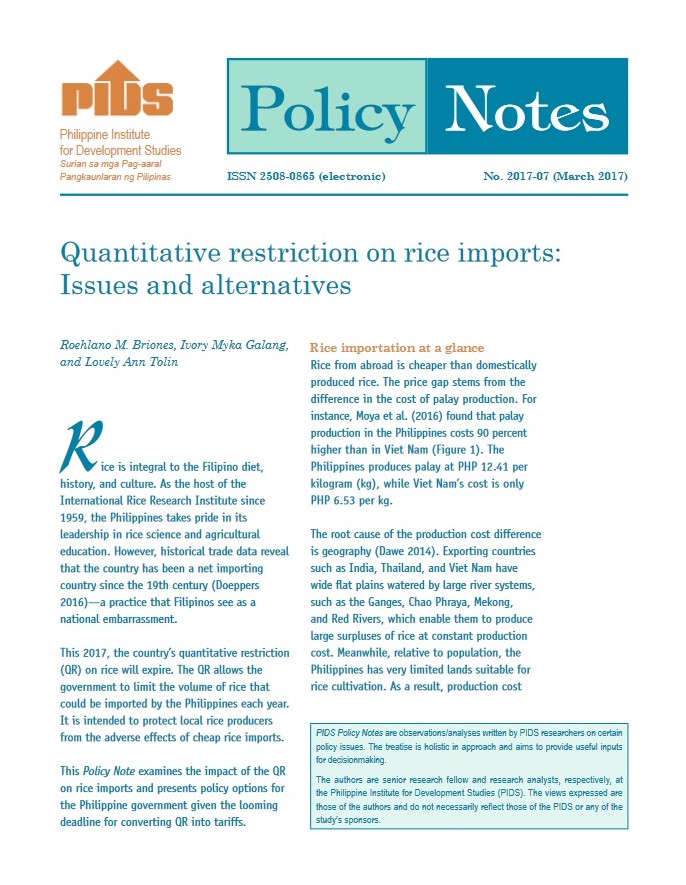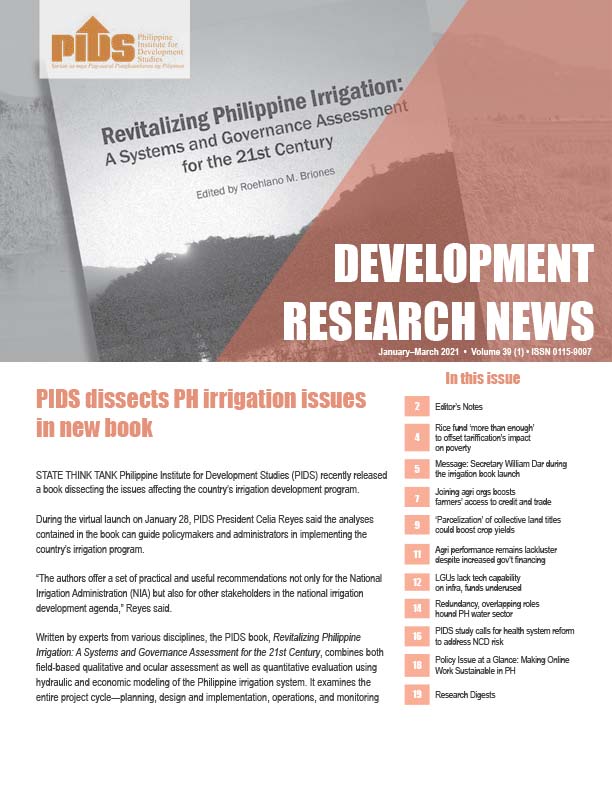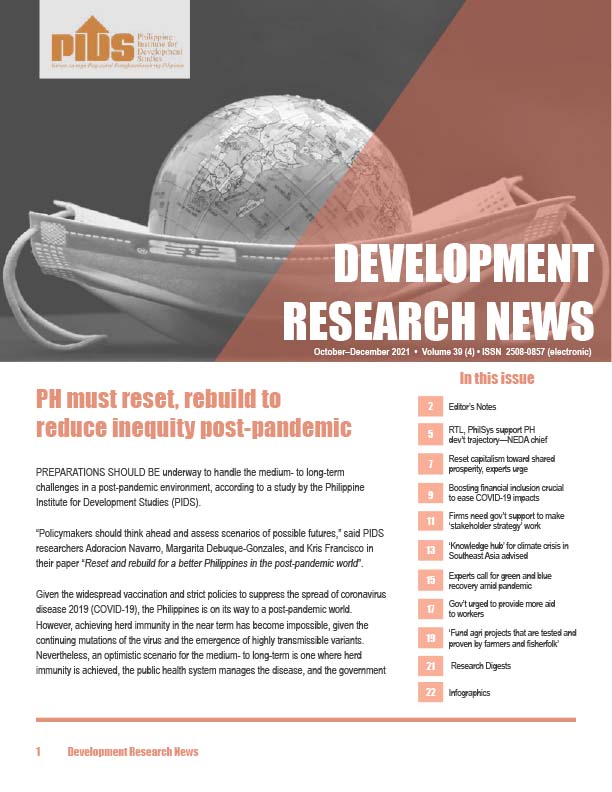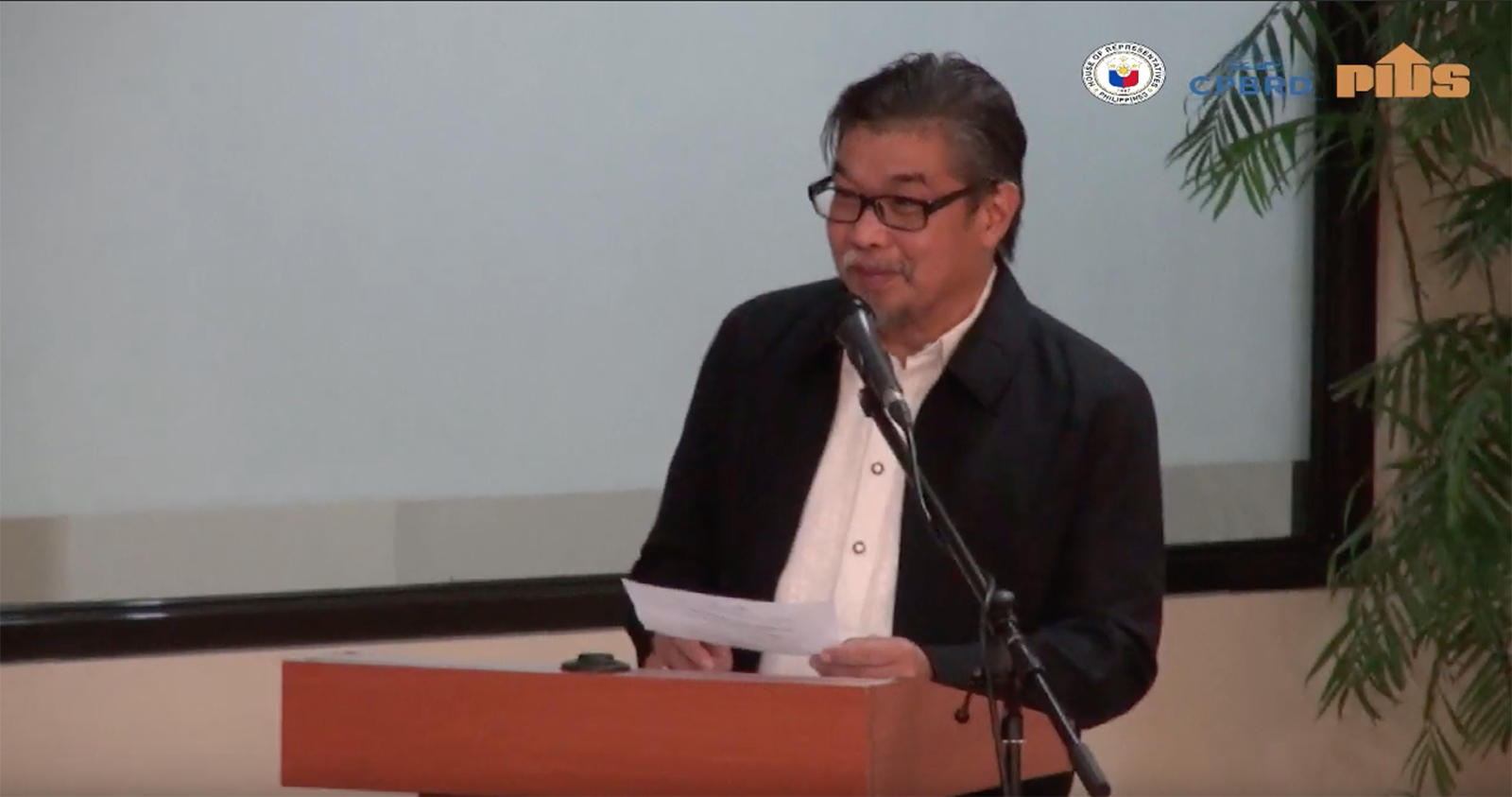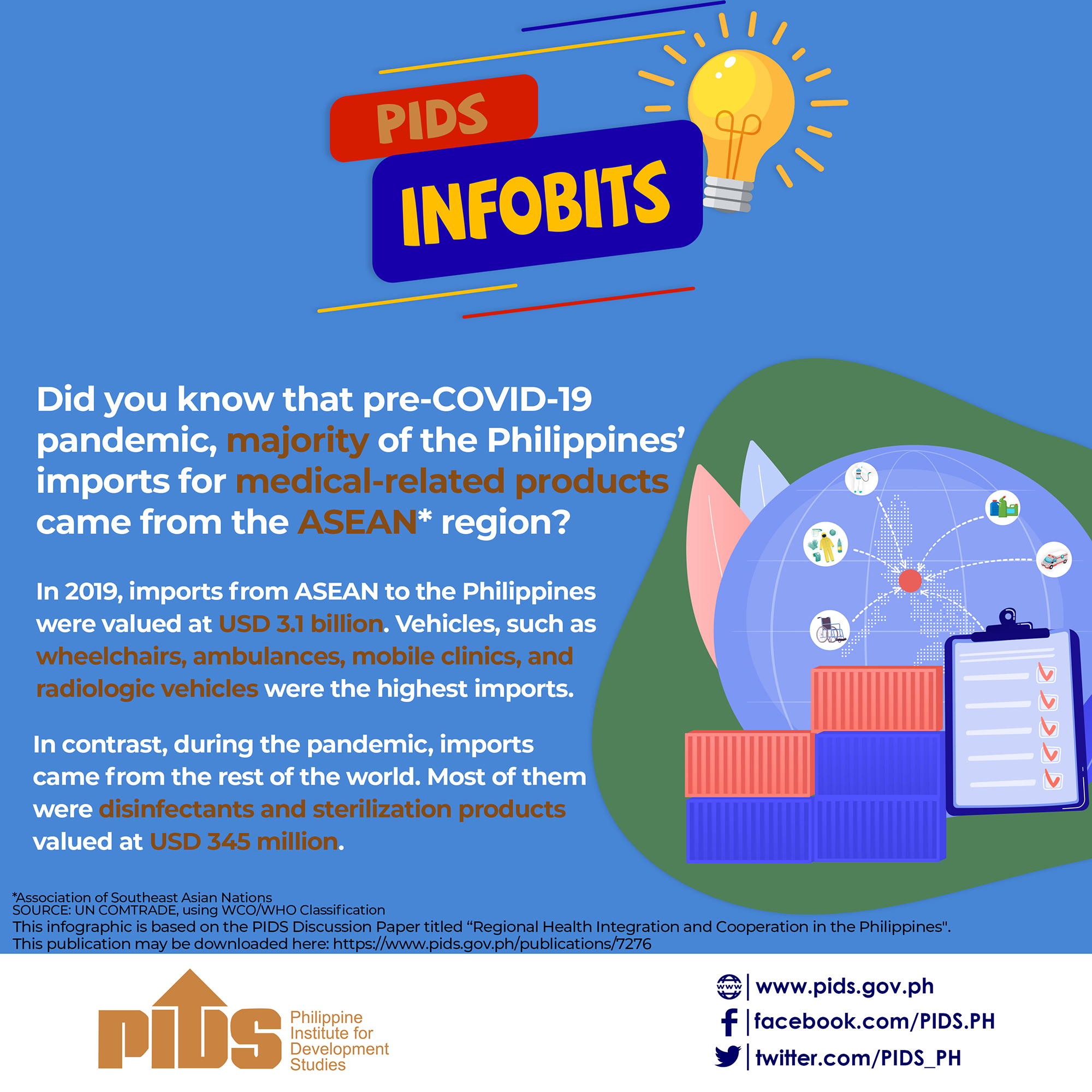The Philippines, one of the world’s top rice consumers, may need to import as much as 2 million tons of the grain in 2014 as it looks set to miss self-sufficiency targets following two strong typhoons, traders and farming experts said. That would mark the largest rice imports in four years by the Southeast Asian country, the world’s biggest buyer in 2010, when it purchased a national record of 2.45 million tons. Higher demand from the Philippines is unlikely to have a huge impact on global rice prices as world production is forecast to exceed consumption next year. Typhoons could cause 2M tons of rice imports in 2014. The Philippines, one of the world’s top rice consumers, may need to import as much as 2 million tons of the grain in 2014 as it looks set to miss self-sufficiency targets following two strong typhoons, traders and farming experts said.
That would mark the largest rice imports in four years by the Southeast Asian country, the world’s biggest buyer in 2 010, when it purchased a national record of 2.45 million tons. Higher demand from the Philippines is unlikely to have a huge impact on global rice prices as world production is forecast to exceed consumption next year. Philippine farm, Manila Bulletin, rice import, rice farm. A farmer ploughs the soil with his carabao (water buffalo) at a rice paddy, in preparation for the planting of rice seedlings, in Gloria, Oriental Mindoro in central Philippines November 28, 2013. The Philippines, one of the world’s top rice consumers, may need to import as much as 2 million tons of the grain in 2014 as it looks set to miss self-sufficiency targets in the wake of SuperTyphoon Haiyan and another strong typhoon, traders and farming experts said. That would mark the largest rice imports in four years by the Southeast Asian country, the world’s biggest buyer in 2010 when it purchased a national record of 2.45 million tons. But Vietnam, traditionally the country’s main supplier, and Thailand, which is sitting on record-high stocks, are expected to duke it out in bidding to supply Manila. Just last month, Philippine farm officials were still optimistic about rice production, announcing an estimated 2.2 million tons of year-end inventory that would have helped limit imports in line with the country’s goal of becoming self-sufficient in rice by 2014. But this week it had to seek bids from three neighbours, Vietnam, Thailand and Cambodia, for the emergency supply of 500,000 tons to boost government stocks depleted by relief work after Super Typhoon Haiyan devastated the central Philippines on Nov. 8.
Vietnam, the world’s second-biggest rice exporter after India last year, bagged the government-to-government deal after offering the lowest price at a tender on Tuesday. Prices of Vietnamese rice rose on Wednesday, with 5-percent broken rice nearing a one-year peak. The Philippines is keeping the door open for more imports while awaiting the harvest from the first-quarter crop of 2014, state grains agency the National Food Authority (NFA) says. NFA Administrator Orlan Calayag remains hopeful imports will be minimal next year. But he said the private sector would be allowed to bring in as much as 350,000 tonnes of rice in 2014, with a duty of 40 percent under a commitment to the World Trade Organisation. Agriculture Secretary Proceso Alcala said the government had yet to estimate how much more rice may have to be imported next year. But he said 2 million tonnes would be "too much”, considering that some farmers hit by the typhoons have replanted, aided by the Department of Agriculture.

